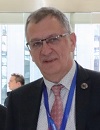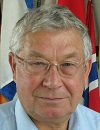 |
||
|
Singapore reminds the nuclear AtomInfo.Ru, PUBLISHED 23.03.2022 Nuclear power can take a certain place in Singapore's energy mix until 2050. By order of the Singapore Energy Market Authority (EMA), a report was prepared and released on March 22, 2022, analyzing three scenarios for Singapore's energy development up to 2050. The main conclusions from the report were published by The Straits Times. The scenario in which nuclear power plants appear is based on the following assumptions: the recovery of the global economy after the pandemic is slow, the world is geopolitically fragmented. Accordingly, in this scenario, Singapore cannot rely on cooperation mechanisms and is forced to invest in "new decarbonization technologies" if the country intends to meet its climate commitments for 2050. The structure of Singapore's energy mix in this scenario is shown in the figure below. Nuclear energy will account for about 10%. Left click to view 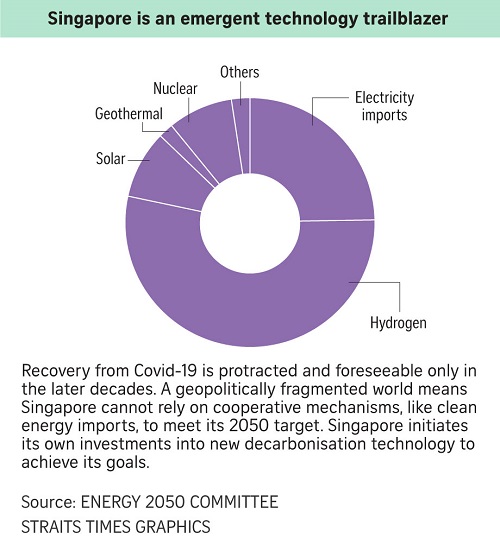 For an island nation with about 5.5 million people living on an area of less than 750 km2, the choice of reactor technologies for its use is of fundamental nature. In 2012, by order of the Singapore authorities, a review of projects available on the market was made. The verdict turned out to be negative, none of them was recognized as possible for use in the conditions of Singapore. The authors of the 2022 report believe that over the past 10 years nuclear technology has stepped forward and nuclear power plant projects have become "safer". They refer to the reactors that China, France, the United States and Russia have. Newspaper wording is not too accurate, but it can be assumed that we are talking about generation III+ units with 1000+ MWe capacity. At the same time, the recommendation issued in the report suggests an interest in other technologies, namely, small modular reactors and fusion reactors. Apparently, the authors hope that significant progress will be made in these areas and their commercial application will become possible. In the other two scenarios considered in the report, there is no nuclear power. They are characterized by a heavy emphasis on electricity imports, with imports reaching about 2/3 of total electricity consumption in the most realistic scenario. Left click to view 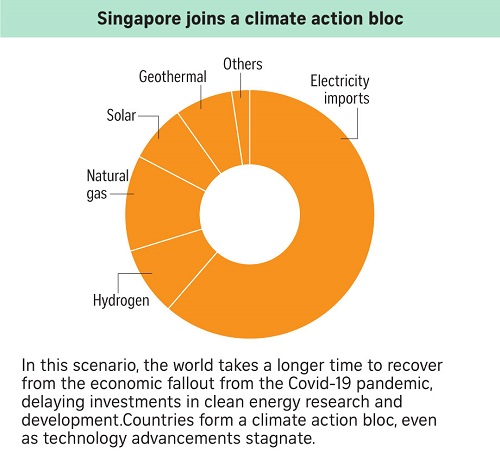 For comparison, the scenario called "the most optimistic" looks like this: the balance consists of own hydrogen energy, solar and geothermal plants and imports (obviously, also "clean" electricity). Left click to view 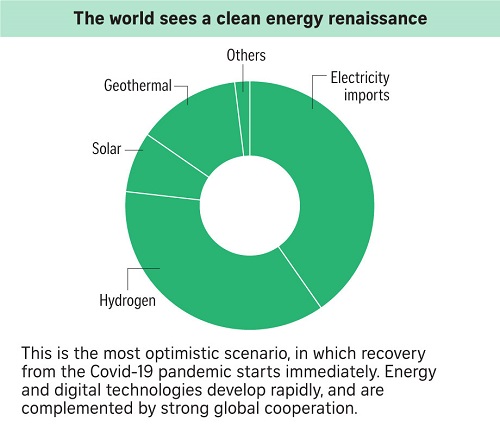 Other news: Ghana will decide on the site before the end of the year Four candidate sites are currently being explored. ROSATOM presents full Small Modular Reactors product line at EXPO 2020 Small Modular Reactors Day was an international platform for discussing the benefits of SMR. 19 CNNC nuclear power units anticipated to achieve full marks on WANO composite index Average index reaching a record high of 99.51. |
Hero of the day 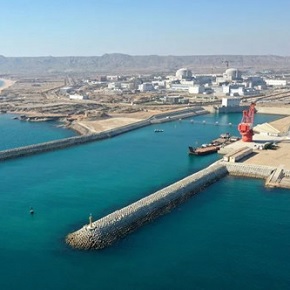
Fourth Hualong One unit connected to grid Unit 3 of the Karachi nuclear power plant in Pakistan was successfully connected to the gird on March 4, laying a solid foundation for its commercial operation. INTERVIEW
Vladimir Kriventsev OPINION
Victor Murogov |
